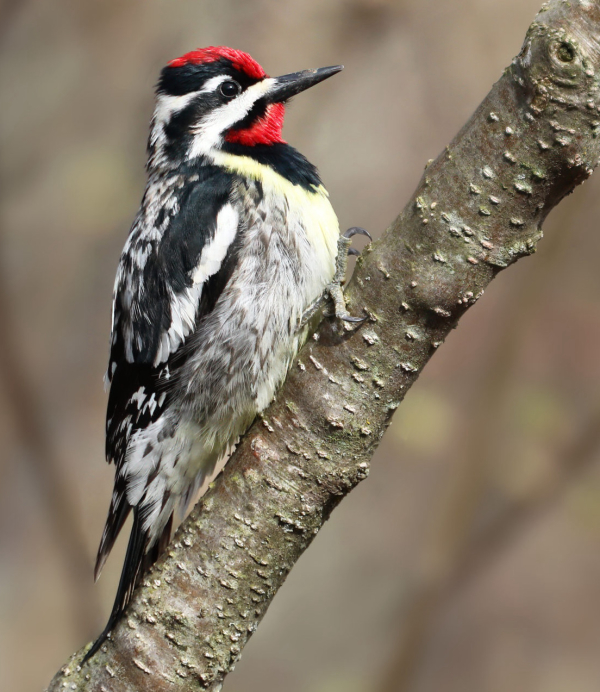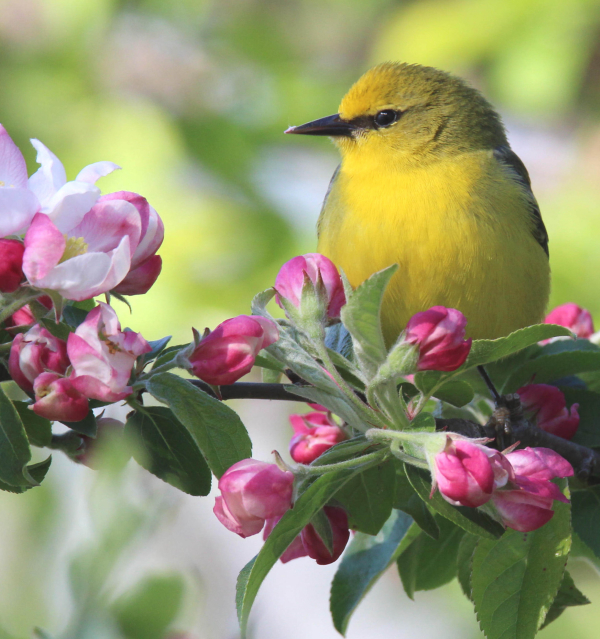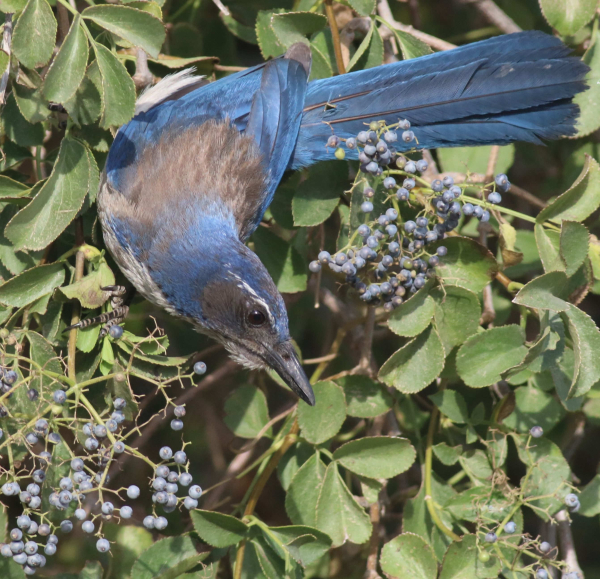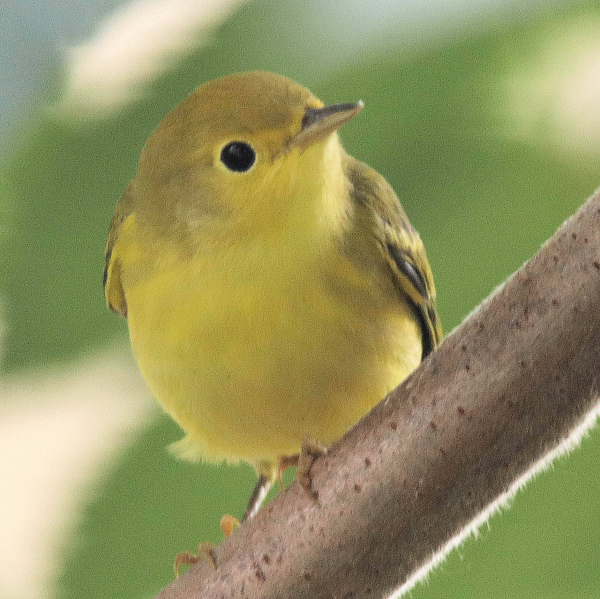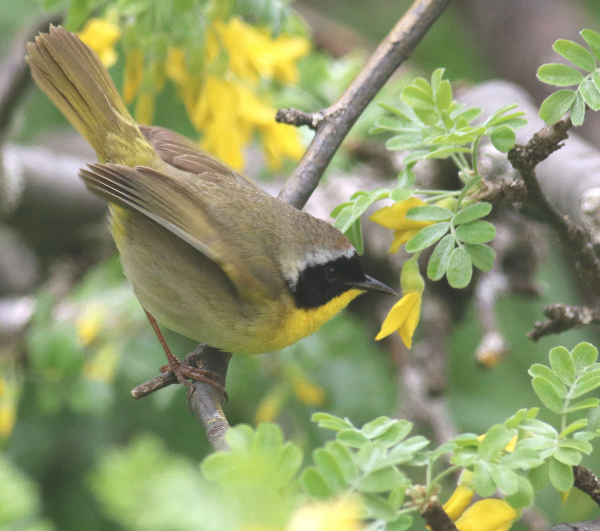Birder’s Field Guide & Binocular
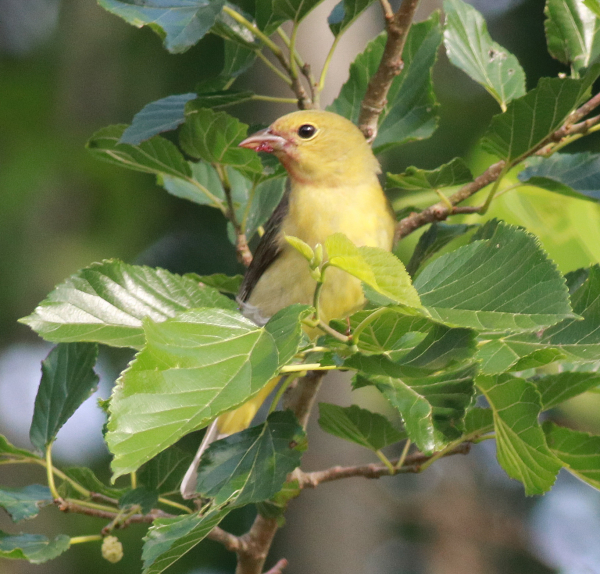
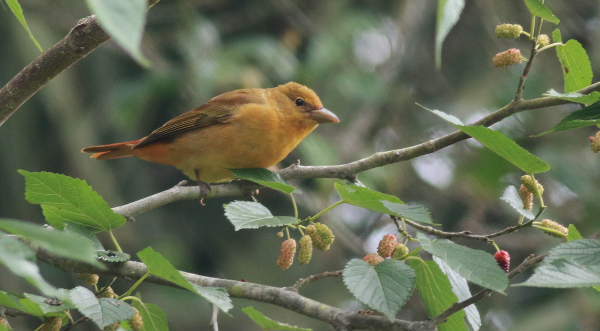
There are two essential pieces of birding equipment that everyone should have within reach – a field guide and a binocular. Even at home, whether you’re seated in your favorite chair with your feeding station in sight, or on your front porch, back deck, or balcony, it’s always a good bet to keep your binoculars close to check out the moment to moment potential of a bird’s appearance that catches your attention and imagination. You can always check your field guide moments later, but don’t underestimate the importance of having a good field guide within easy access.
It may seem early, but some birds are already beginning their southbound migrations – including new fledglings that have different plumages than adults, possibly with unfamiliar plumage coloration for you. If you are really lucky, you may even find a “rare bird,” a species that is a thousand miles beyond its normal range.
If you take a look at this week’s Rare Birds article you will see that rare birds are making record-breaking appearances in many states, including a Lark Bunting that’s visiting a feeding station in New Hampshire, a Beryline Hummingbird that frequents a feeder in Arizona, and a Mexican Violetear that stopped at a nectar feeder south Texas. At the same time you may see a species you’ve never seen in your yard before – a newbie for your Yard List. That’s always fun, and personally significant.
The above information underlines the importance of having your primary birding equipment within reach – your binoculars and field guide – because when you least expect it, you will be excited and delighted by the surprise appearance of a new bird, some interesting behavior, or just getting a closer look at the birds that appear during a given 5-minute period.
Binocular Basics
As for binoculars, some birders prefer to use their top-end field binocular at home too, while others like to have a second binocular for their home birding activities. If you’re interested in adding a second pair for home, you certainly have a wealth of options available in the optics world. If you prefer not to spend too much on your homestead binos, the good news is that the quality of economy binoculars is remarkable these days. If you’re looking for a good place to start, take a look at some of the models offered by Celestron and Vortex, and if price is less of a concern, check out Swarovski and Zeiss among the abundance of companies that offer excellent binoculars.
As for magnification, sticking with an 8x (8 power) magnification is best, especially with objective lenses in the standard 42mm size; so look for 8×42 binoculars and you will be set for any birds anywhere, including those you see out your window and beyond your deck, porch, or balcony.
Field Guide Options
These days, there are excellent field guide options available for traditional book-sized field guides as well as the new generation of online field guides. Every birder has a field guide, and probably have their own preferences, but it’s worth noting that it’s always best to have a full North American field guide, rather than or in addition to a state or regional field guide. State volumes especially tend not to include all species that may be found in a given state, and by having access to all the species found in North America, you will have all the information you need to identify a rare or off-course bird if one appears in your yard or neighborhood.
Many birders prefer a field guide that features a variety of larger photographs of each species, like the Stokes field guide, although most field guides are illustrated by acclaimed artists, such as David Sibley and Roger Tory Peterson. Actually, many birders have found that at times it’s helpful to be able to refer to a couple different field guides, especially when you have questions about a difficult or puzzling ID.
A very popular online field guide option is provided by Merlin, a Free app that you can download onto your cellphone that has some amazing new features that will even help you identify a bird you were able to photograph, or even just by its recorded song – Wow! All these resources will help to enhance and improve your birding experiences and your understanding of the birds you see.
Overall, it’s worth doing an internet search to see the many field guide options, and similarly, checking out some binocular options too.
Learning More About Your Birds
To take the next step, we recommend checking out the Birds of the World website to learn more about the birds you see – much more. This website is an authoritative composite of all the birds of the world, including all the birds that visit your yard, feeders, and water feature. How much do you really know about Downy Woodpeckers and your local nuthatches, American Robins and your local hummingbird species? You may be surprised and impressed with all you will learn about favorite birds, and any others that catch your eye. Of course, there are literal libraries of books about birds available too, so you have almost unlimited resources to learn more about birds.
To access Birds of the World, refer to https://birdsoftheworld.org/bow/home
For more information about Merlin and to download the Free app, see https://merlin.allaboutbirds.org/
And to shop among the virtual bookstore racks of bird books available, shop at Buteo Books at https://birdsoftheworld.org/bow/home
Share your backyard birding experiences and photos at editorstbw2@gmail.com


